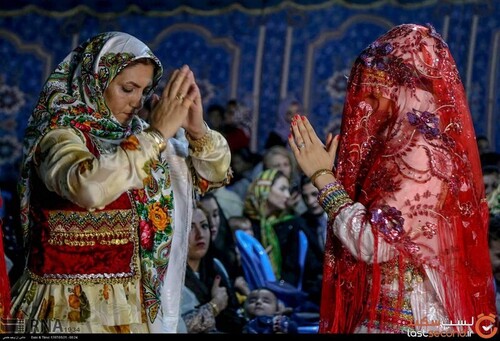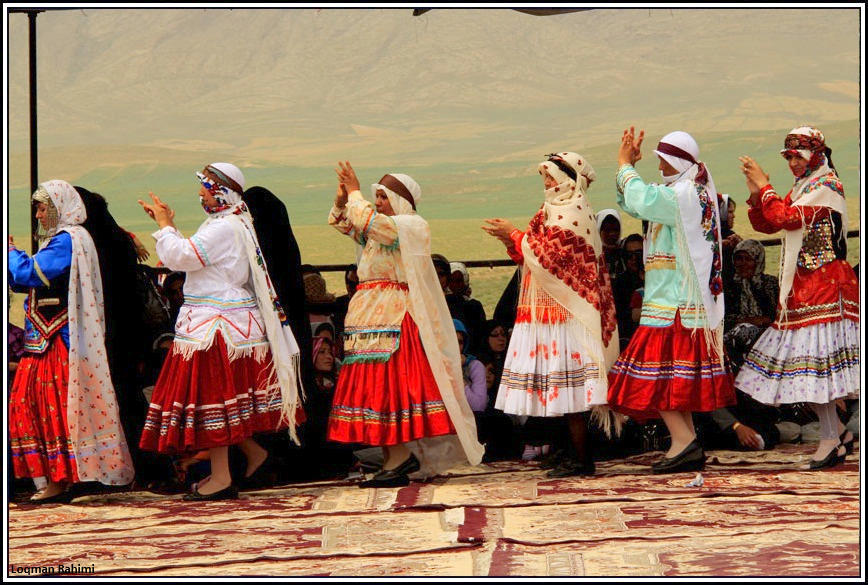During the Safavid period, when the Iranian government was governed by emirates and provinces, each province had its own emir, with its own powers and weapons. The east part of Kurdistan was one of the most important and problematic areas for the Safavid rule. First, the geography known as Kurdistan started from the borders of the Aras River and extended to the lower part of present-day Lorestan. The regions of Khoy, Salmas, Urmia, Mukeryan, Sindus, Bana, Ardalan, Kermashan, Ilam, and Lower Lori were all known as Kurdistan and each had its own emirs.
Obviously, this vast geography was a threat to the Safavid rulers. On the other hand, the Kurds of northeastern Kurdistan, ie Urmia, Salmas, and Khoy, became strong because of their religious affiliation with the Ottoman Emperor, especially after the Battle of Chalderan, and the Safavid state feared their unity. Meanwhile, northeastern Iran was attacked by invading tribes such as Uzbek, Mongol, and Turkmen forces. King Abbas Safavid exiled a large number of Kurds from Urmia and its surroundings to weaken the Kurds of Urmia and Salmas and to defend them against the attacks of the Uzbeks, Mongols, and Turkmens, the invading forces of northeastern Iran. It wants to weaken the Kurds in western Iran and use their skills in the fight against these forces and tribes.
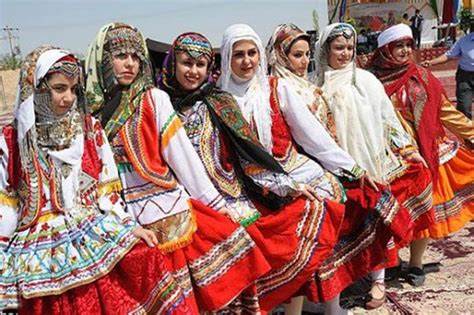
After the migration, the tribes settled there permanently and over the years changed their religion from Sunni to Shia, but since then, the language, which is the basis of national identity, and their Kurdish customs and culture have been preserved among them. The region is now known as Kurdkhana or Kurdish Khorasan. The population of the Kurdish Kurds of North Khorasan is estimated at two million.
There are several historical evidences that support the Kurdish presence in the region since ancient times. Some evidence suggests that the Kurds were there before the forced migration of the Safavids. For example, Da'bali Khuzaei, a famous Arab poet of the second and third centuries AH, who passed through the area, said that he met Alawite Kurds in the area. Timur writes in his book "I Am Timur the Conqueror of the World", that on the way to Quchan, one of the major cities of Khorasan, he met people who said that they were Kurds. Roy Gonzalez Clavijo, a famous Spanish writer and traveler who was sent to Gurakani kings as an ambassador by King Henry III of Castile, also mentions the Kurds of Khorasan.

Kurdistan of Khorasan, located in northern Khorasan, Iran, consists of 22 important tribes. The cities of the Atrak River such as Quchan, Farooj, Shirvan, Bojnurd, Ashkhana, etc. are Kurmanj Kurds. Kurdish tribes also live in other parts of Khorasan such as Daragez, Isfarain, Kalat, and Chenaran, but according to official statistics, the largest number of Kurds live in the cities of Bojnurd, Quchan, Shirvan, Farooj, Isfarain, and Daragez.
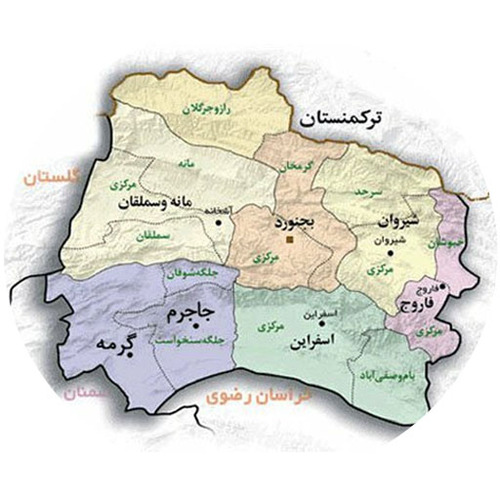
After the division of Khorasan into three provinces, Kurds now live in more than two provinces, North Khorasan and Razavi Khorasan. Although Iran's statistics on the Kurdish population are unreliable, according to these statistics, more than 50 percent of the population of North Khorasan province and 10 percent of Razavi Khorasan are Kurdish, and a large city like Mashhad has tens of thousands of Kurdish Kurds.
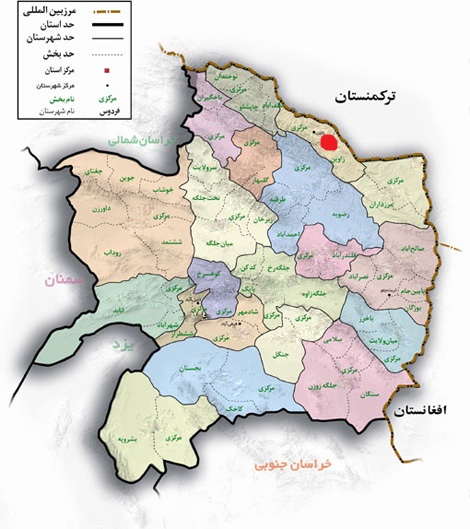
The well-known Kurdish tribes of Khorasan are Muradkhani, Tupi, Amarloo, Zafranloo, Topkanloo, Malekshahi, Zangana, Quchan, Radkan, Titkanloo, and Ardalan. As we see, the names of many of these tribes still exist in the East part of Kurdistan.
One of the most important customs of the Kurmanji Kurds of Khorasan, which has survived since ancient times and still has its beauty and distinguishes them from all other nations in the region, is the wedding ceremony. In these ceremonies, men and women wear special Kurdish clothes, weddings are held and special Kurdish music and dance are played. In recent years, these events have become more festive as the Kurds there have become closer to their ancient identity, and even their parties and weddings last three days and nights.
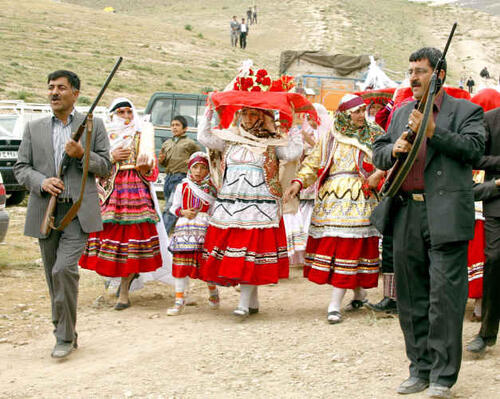
Another of the strongest cultural characteristics of the Kurds of Khorasan is their rich music. This music is known as Kurmanji music throughout Iran. Even the famous Iranian singer Mohammad Reza Shajarian has recorded an album on their rhythms and music, and Kurmanji musicians from Khorasan have played their instruments for him. The music is popular throughout Khorasan. That is, from the Turkmens of Gunbad Kavus to the areas of Bajgiran, Shirawan, and Daragez. Kurmanji music of Khorasan has two branches. One is a branch of mystical music and the other is Giocoso music accompanied by special dances. According to music researchers, the music of Khorasan is more widespread and has four different aspects:
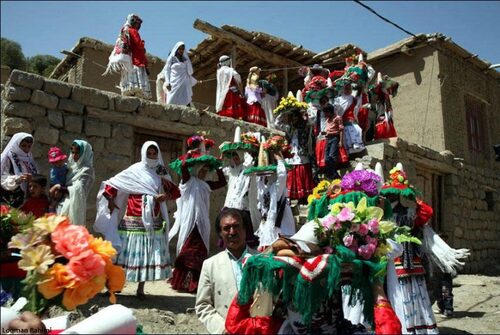
One part is religious music played for religious occasions. Next is part of defensive and epic music played during war and resistance. Another is joyful music for gatherings, and the other is mourning music used on sad occasions.
The most popular instruments there are the Dutar, Kamancha, Tambourine, Shimshal, Karana, Zurna, and Duzala.
It is worth mentioning that in the past three decades, a meaningful and promising cultural, literary, and historical revival has begun among the Kurds of Khorasan. Dozens of books, poems, stories, and history are published there and Kurmanji music has gained a high level.
